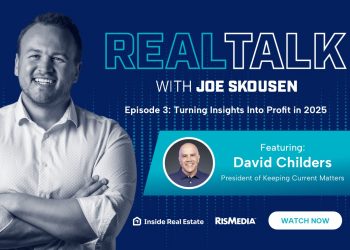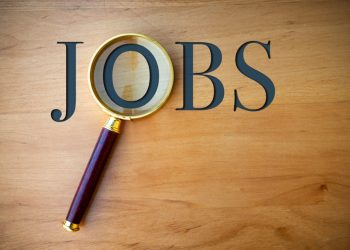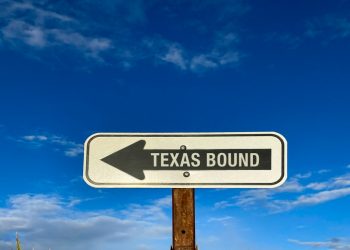RISMEDIA, February 9, 2010—It looks amazingly real, but it’s as phony as a James Cameron movie set.
Its many moving parts exist only for the purpose of creating the illusion of positive economic activity.
But, when you go behind the scenes, it’s evident that those things that seem so real are merely props and propped up plywood.
Lashed together with synthetic credit default obligations, bankruptcy remote special purpose vehicles and leveraged beyond reason, the set appears massive and foreboding from the front. But, when you go behind the façade, it is apparent that the whole thing is on the very verge of collapse.
Never mind, it was engineered to collapse when the show is over. But, wait! This is a disaster movie, so the set is actually rigged to explode.
The economy is a fantasy woven of greed and collusion, and it is allowing a handful of already wealthy people to concentrate all wealth and power into their hands while destroying everyone and everything else.
Recently, I happened upon a rather esoteric online debate about whether or not the economy is real. One argument was that it exists; therefore, it must be real.
A movie is real, but its components are created, and the story line may be fiction. That is the case with the economy; it is real, but it isn’t at all what it appears to be.
What do we mean when we say “the economy”? What is it? What’s the difference between a good economy and a bad one? There is an old line that when your neighbor loses his job, it’s a recession but when you lose your job, it’s a depression.
The economy is not so much a thing but a reflection, more symptom than cause. It is a measure of how effectively we turn inputs into outputs. The best economy for all parties is generally thought to be one which distributes goods and services the most efficiently.
In theory, improving the efficiencies with which we distribute goods and services within a community should have a positive effect on everyone.
Americans’ wages have been steadily declining in the face of rising prices, unemployment is high, the average work week is 33 hours, millions are losing their homes, and Wall Street CEOs earn huge bonuses for deliberately stealing our prosperity. As more and more capital is concentrated into the hands of a few, it is unlikely we will see any improvement.
In a sense, there are two economies: the one described by economists, politicians, and a lap-dog media, and the one that more and more middle class Americans are living in the real world. One wonders, why the disconnect?
The standard measure of the economy is the (NIPAs), National Income and Product Accounts produced by the Bureau of Economic Analysis (BEA).
According to the BEA, “The NIPAs are a set of economic accounts that provide information on the value and composition of output produced in the United States during a given period and on the distribution and uses of the income generated by that production.”
We often hear references to the Gross Domestic Product or GDP, which is featured in the NIPAs. GDP is not the only component. GDP measures the value of the goods and services produced by the U.S. economy in a given time period.
Who uses the GDP? Well, Wall Street for one, and the Federal Reserve to formulate monetary policy. The White House and Congress use the GDP to prepare the federal budget.
The GDP is the measure of the total of all the money spent during a given period to determine the direction and pace of production. And, if this period shows an increase over the prior period, we are presumed to have a good economy.
But is it accurate? Heck no! These books are as cooked as our collective gooses.
It’s what they










